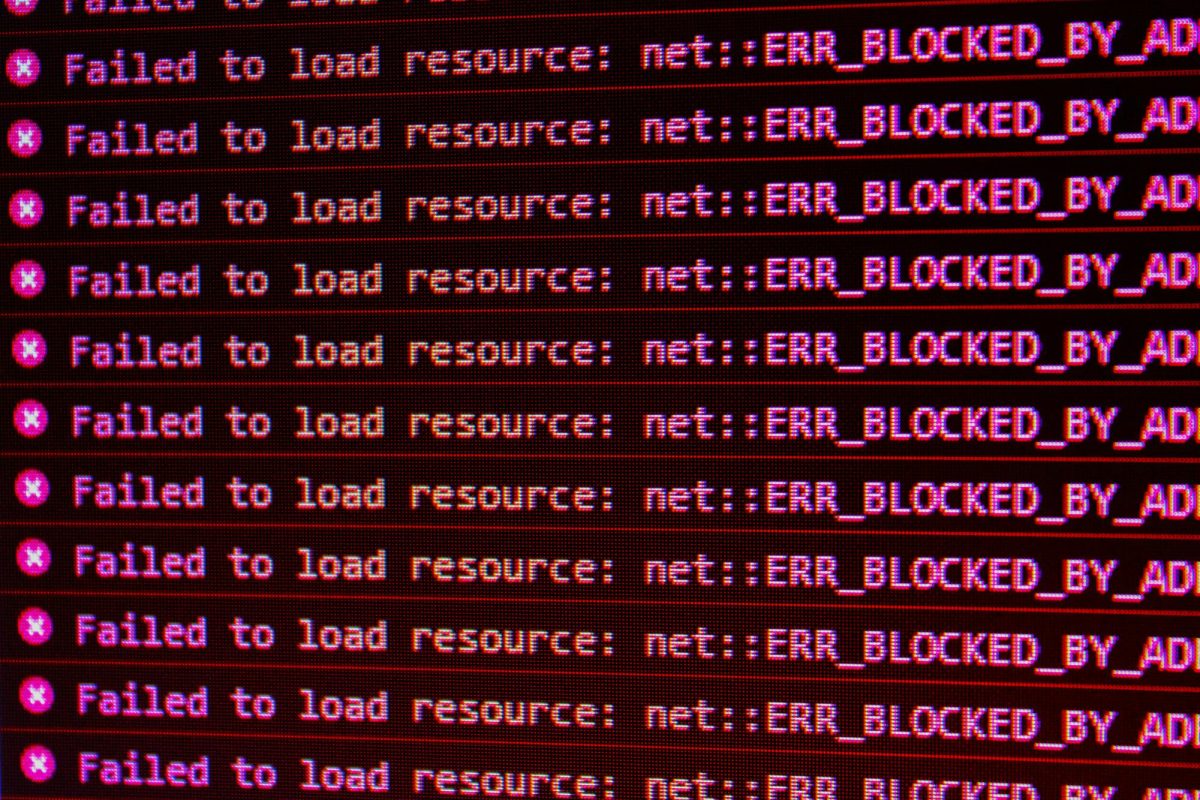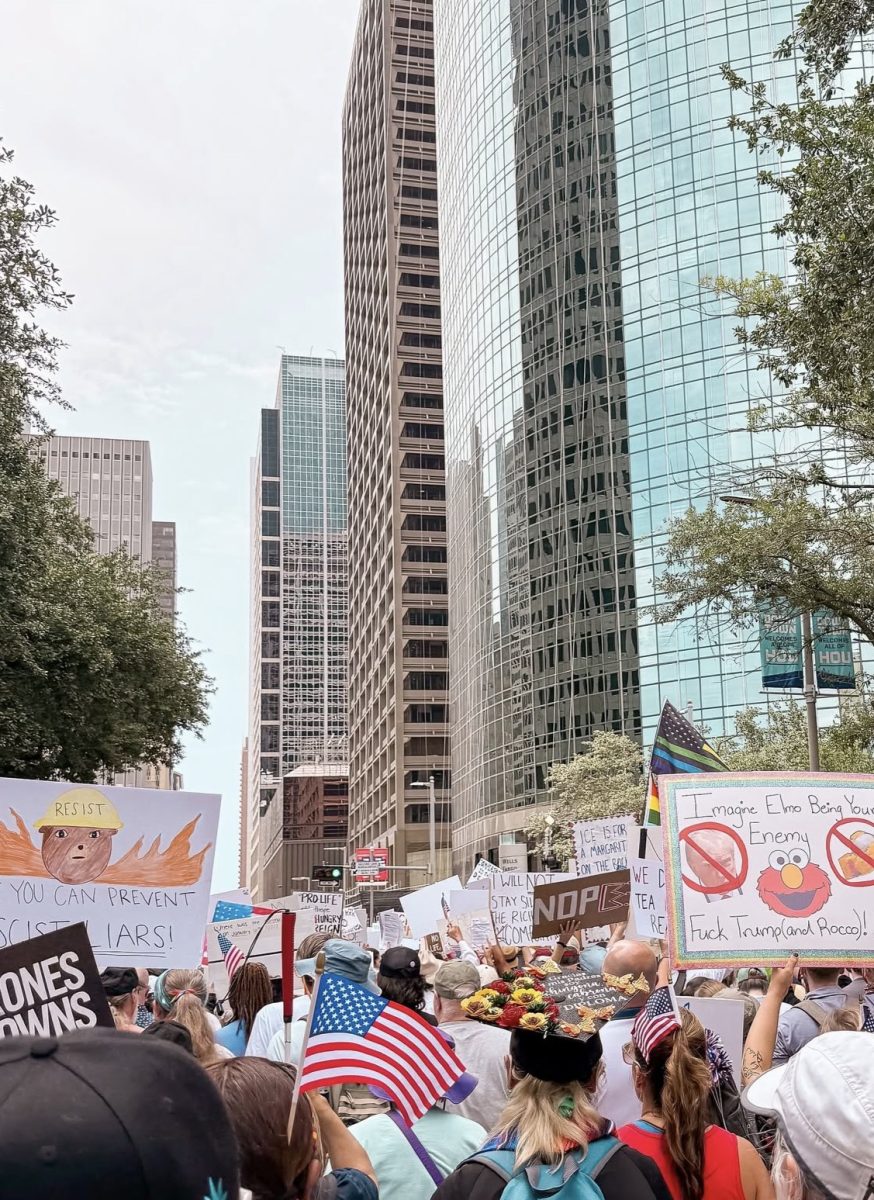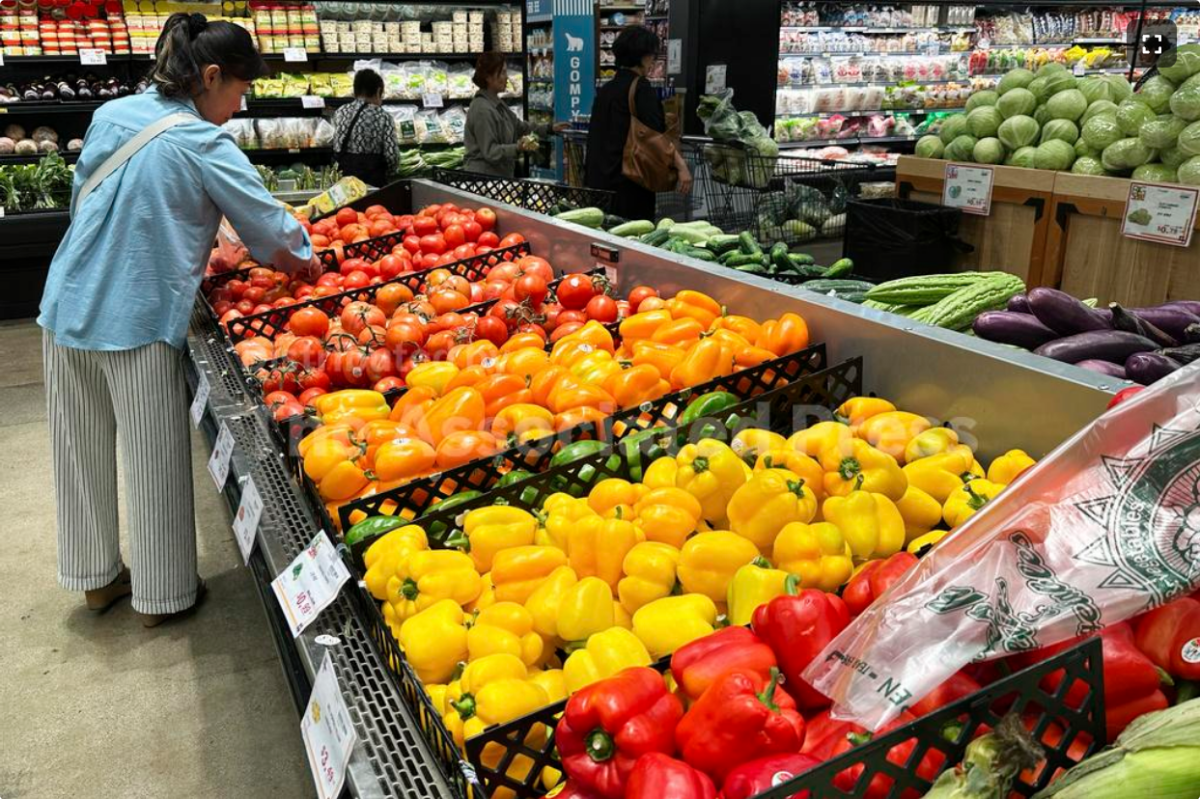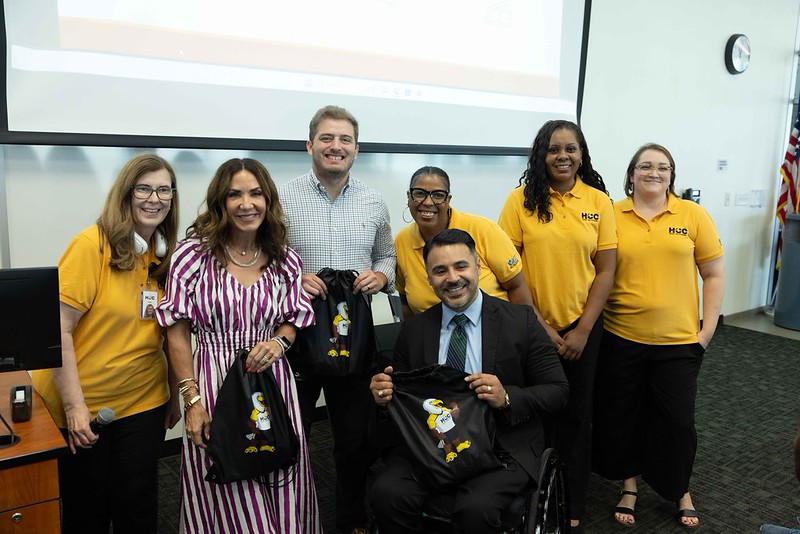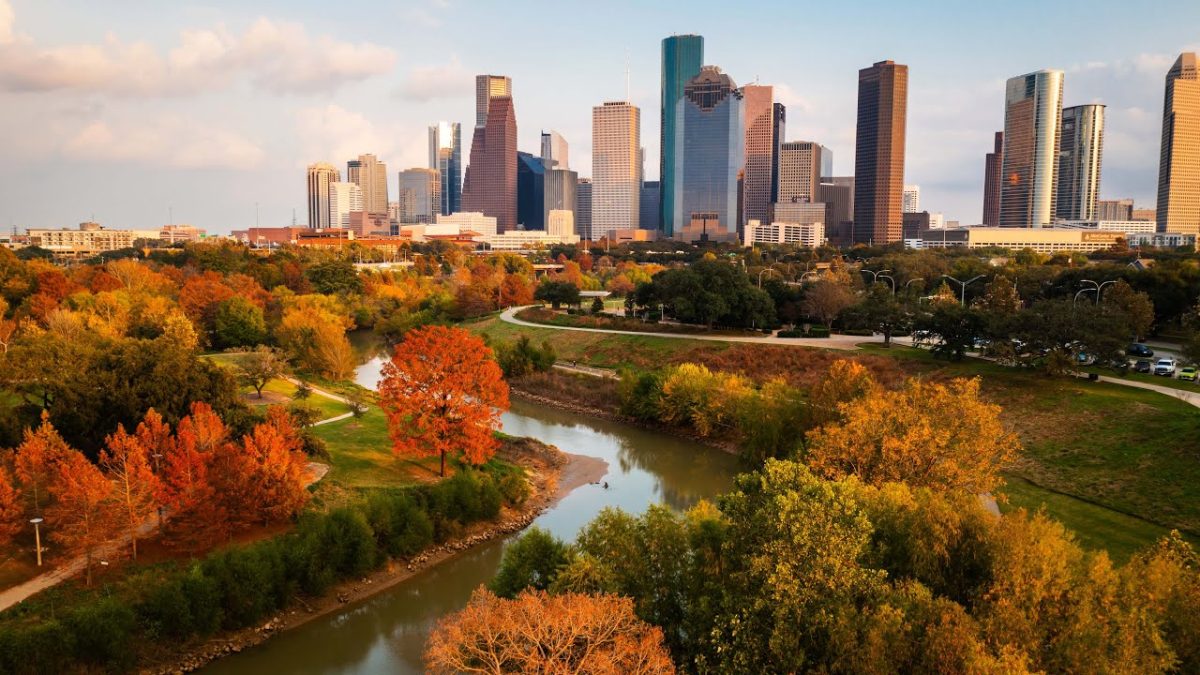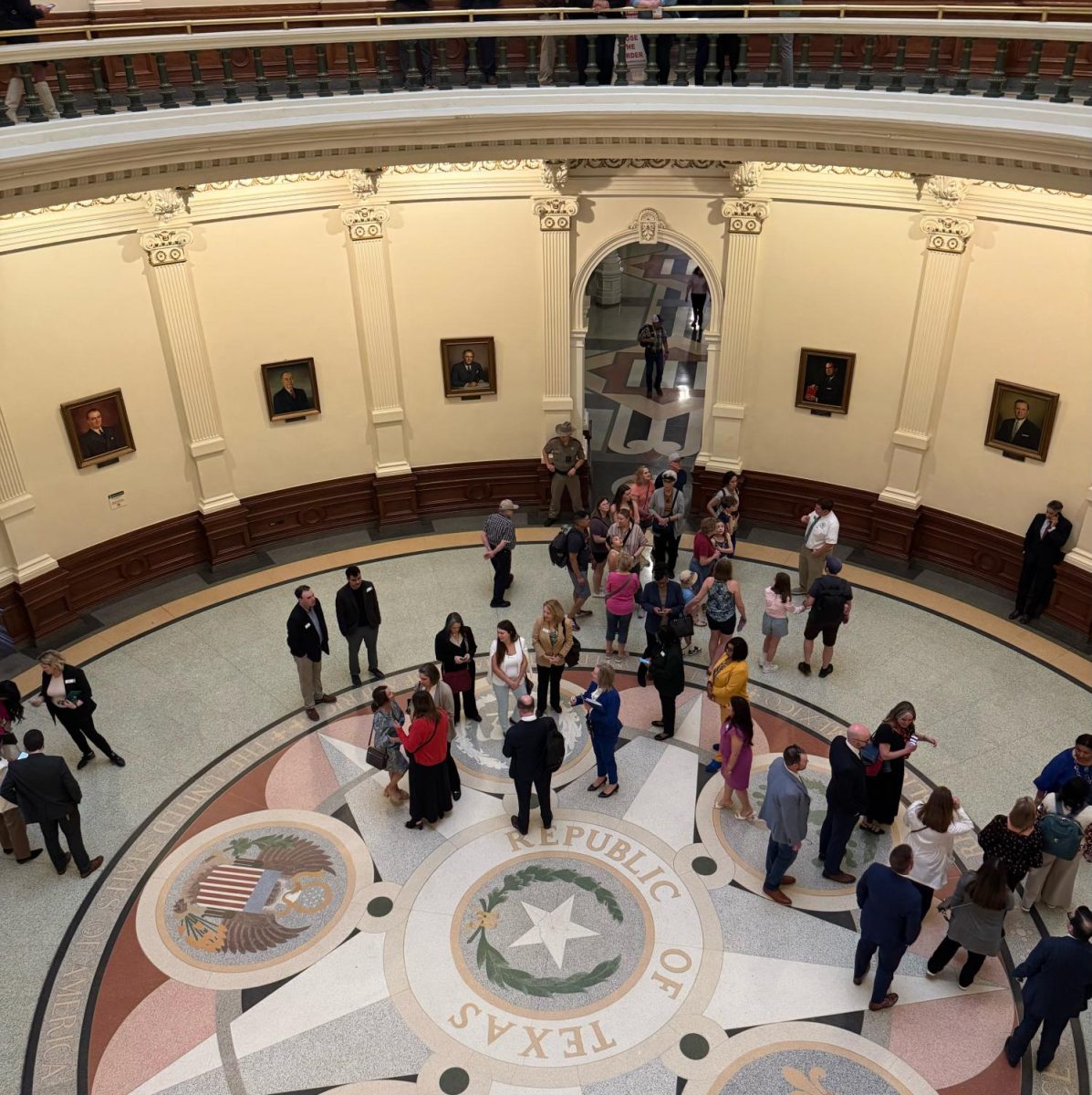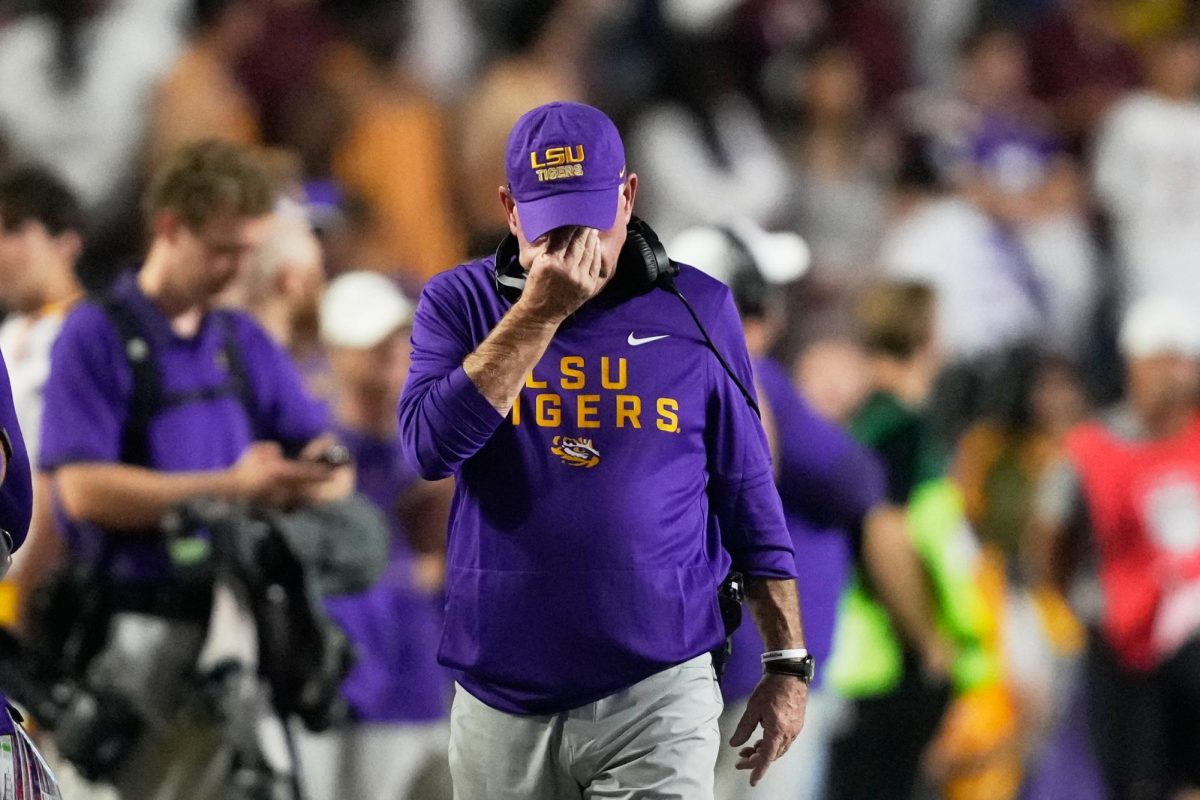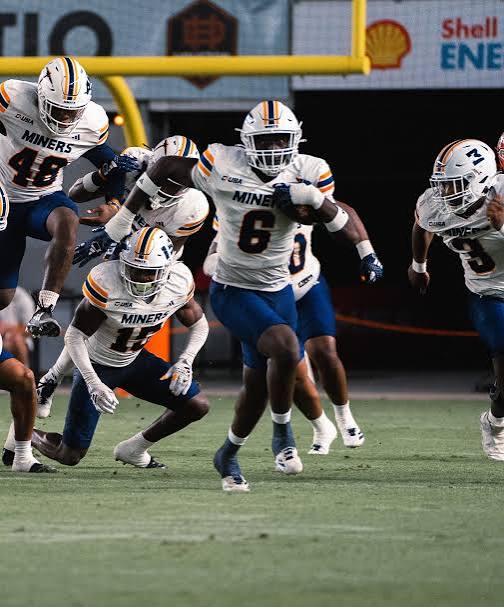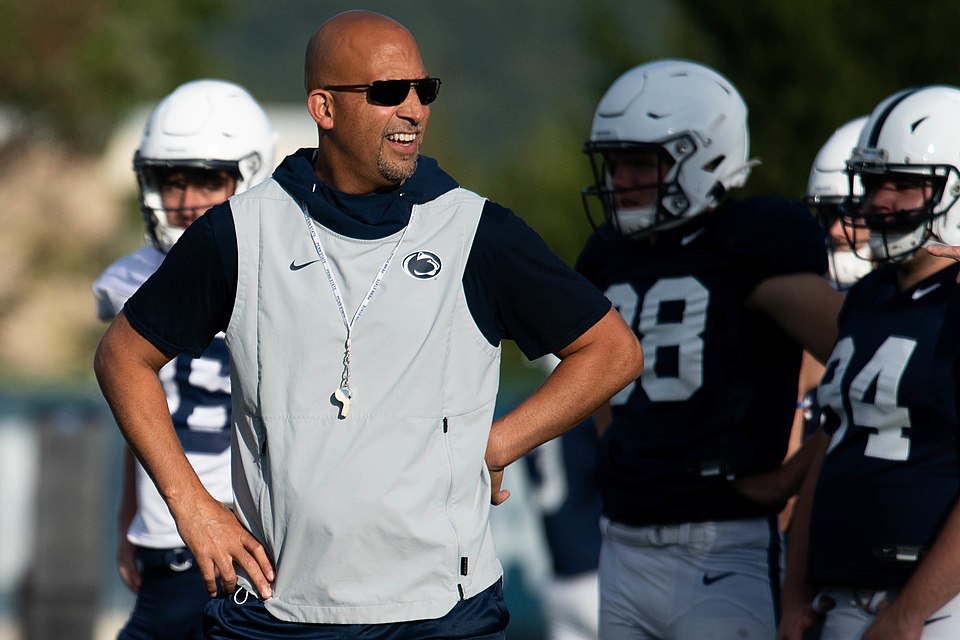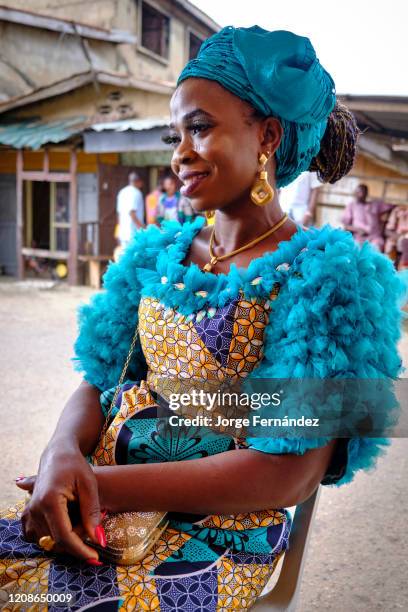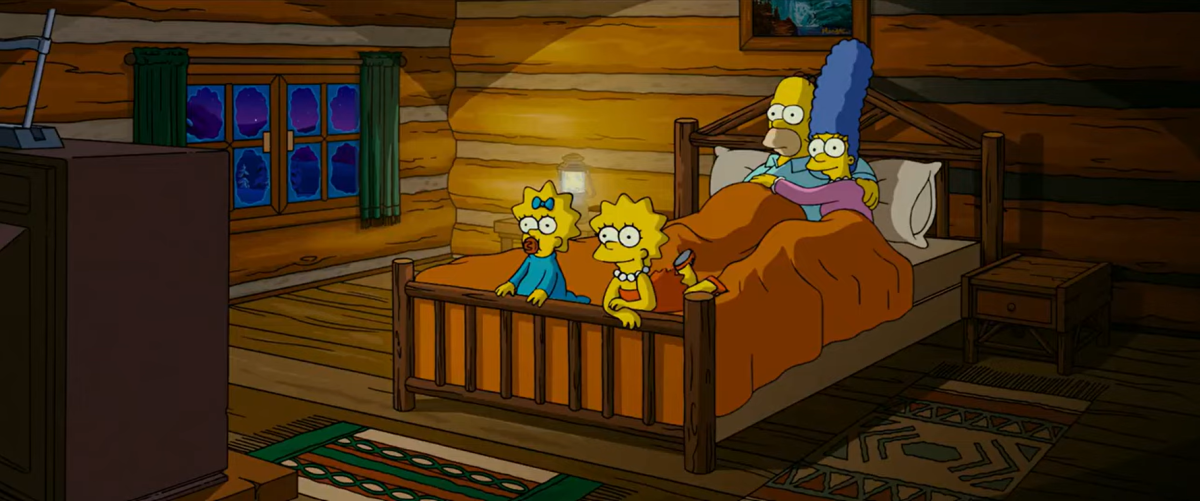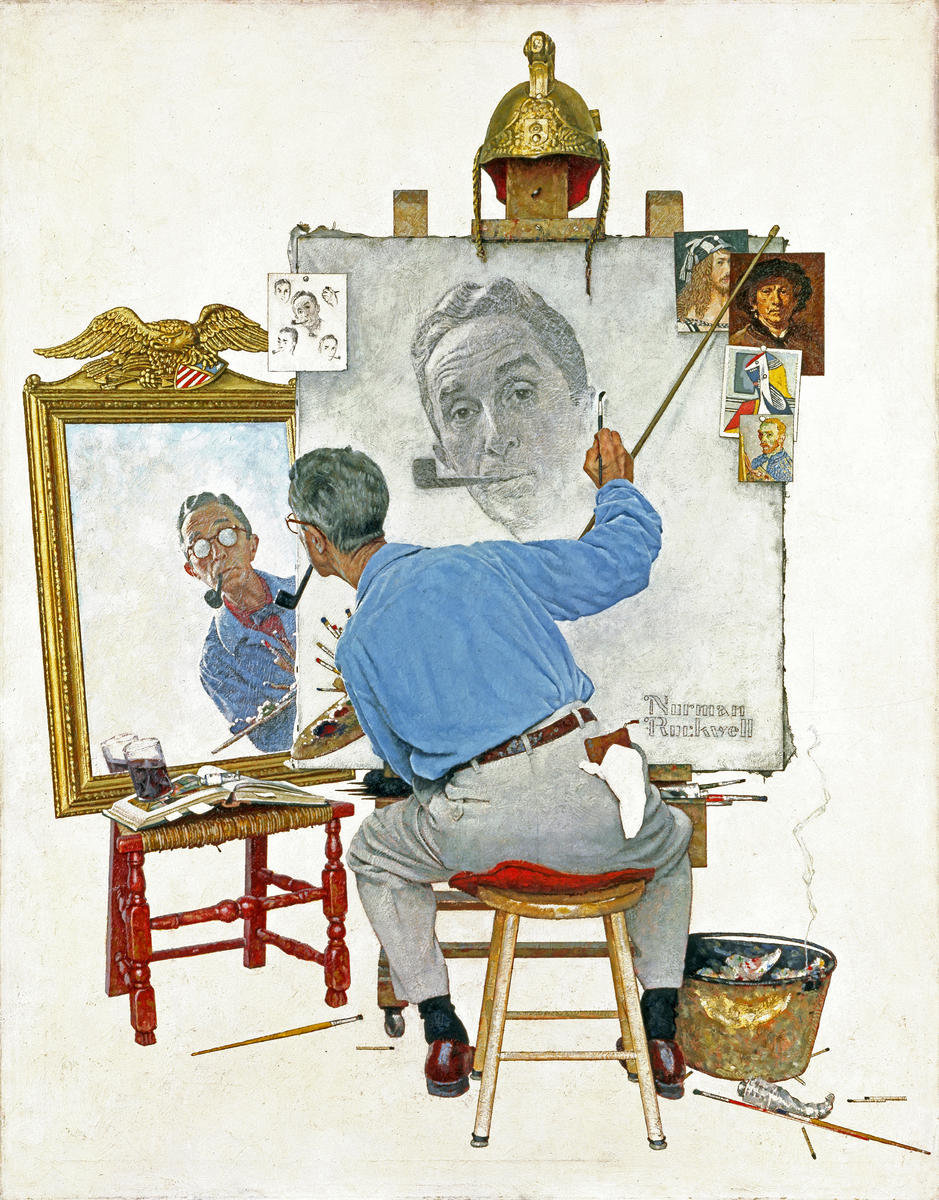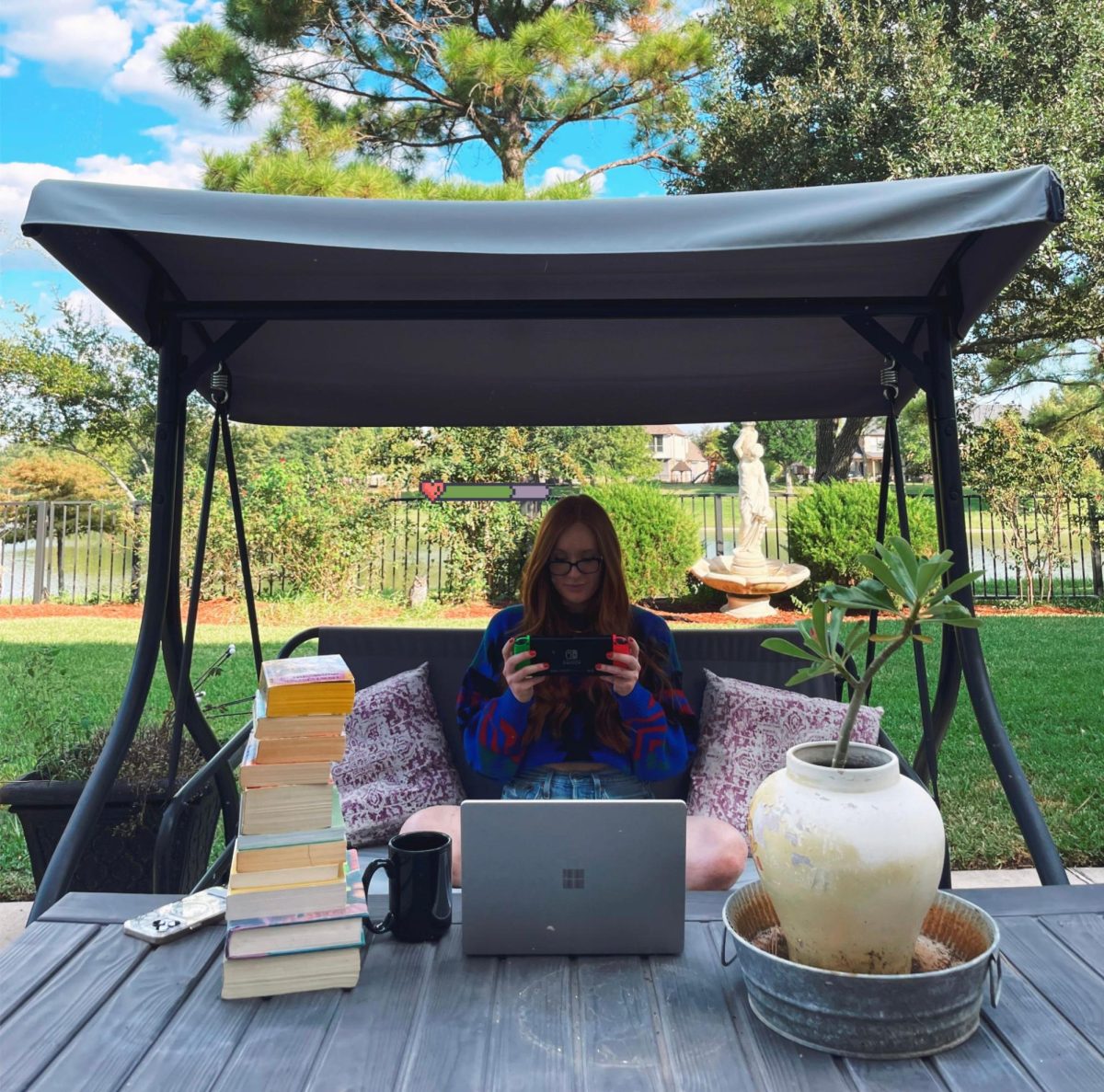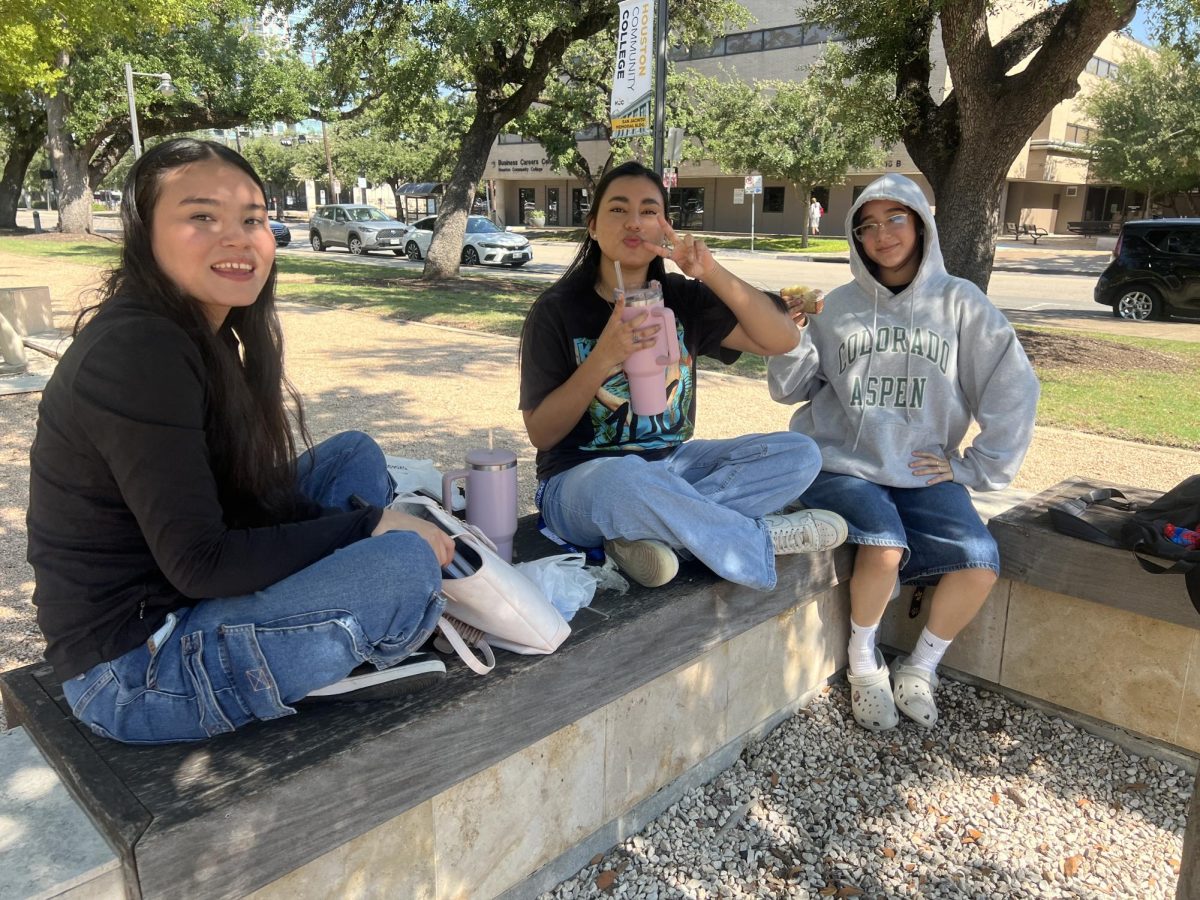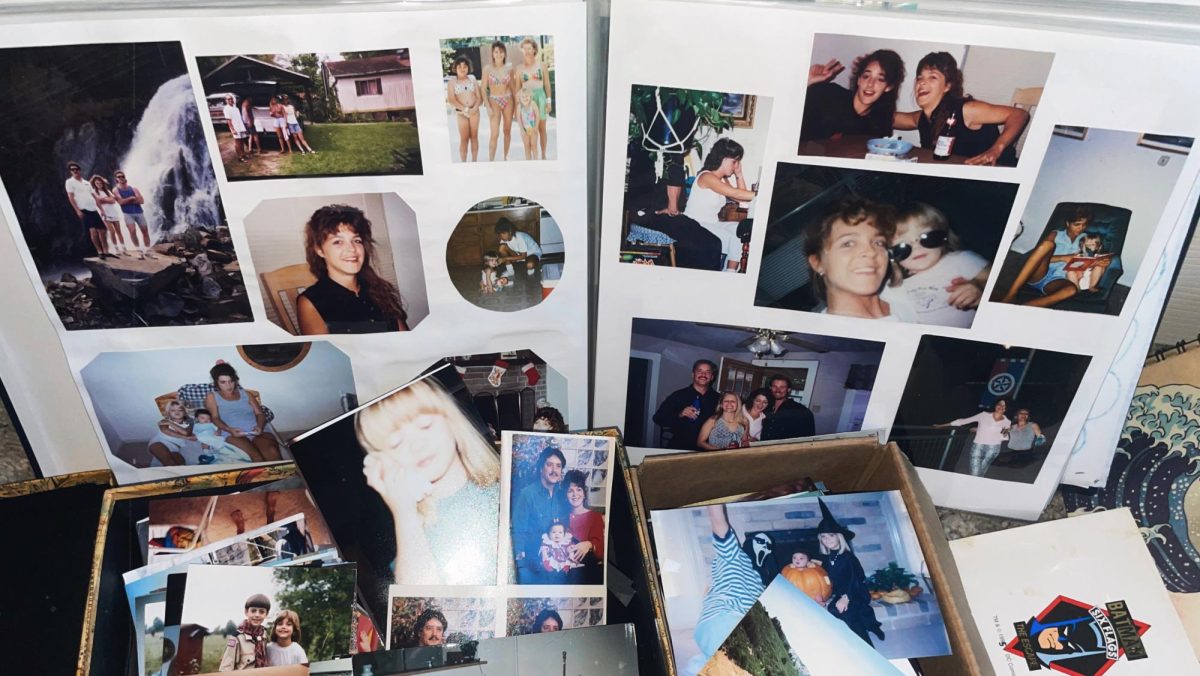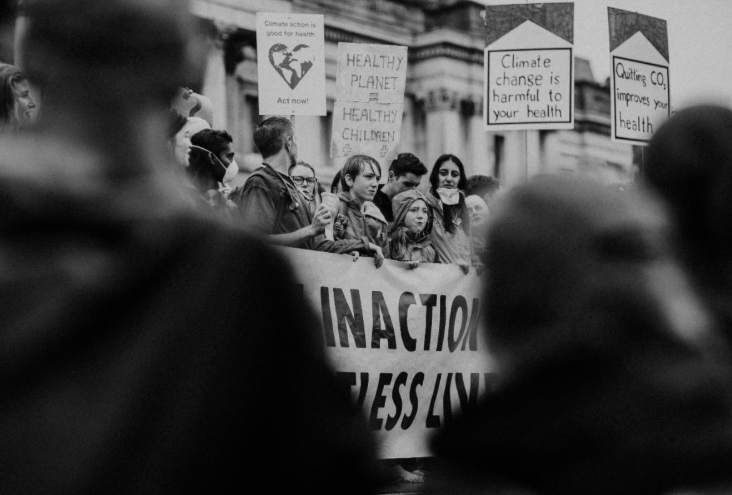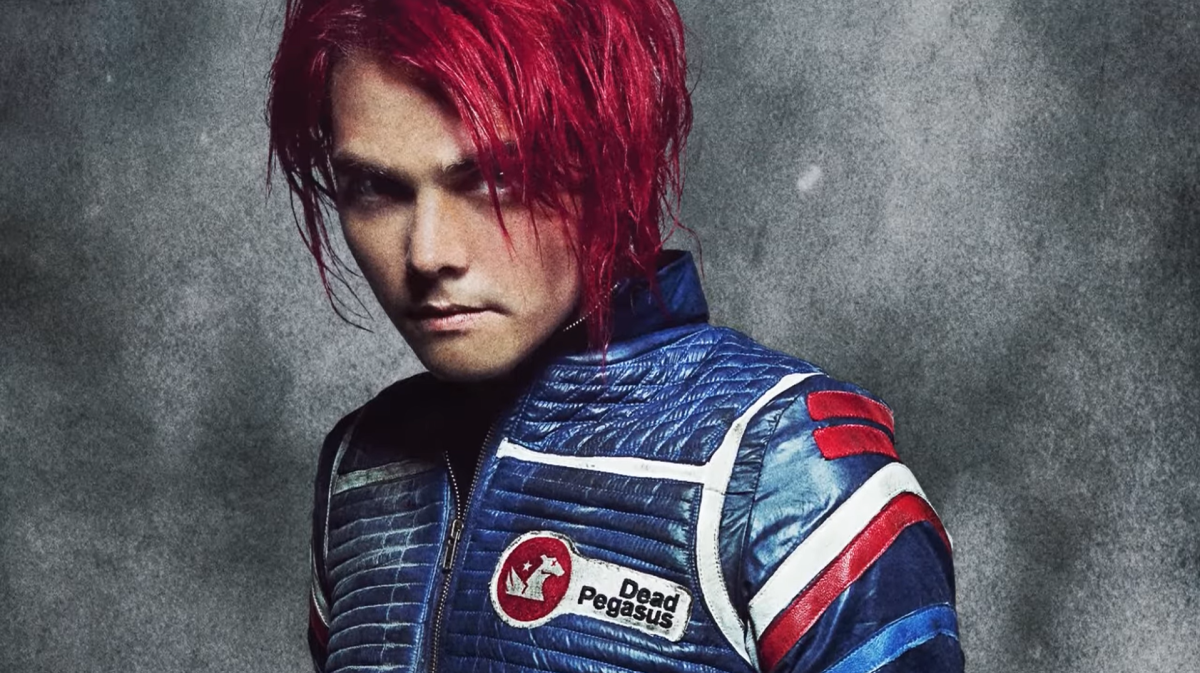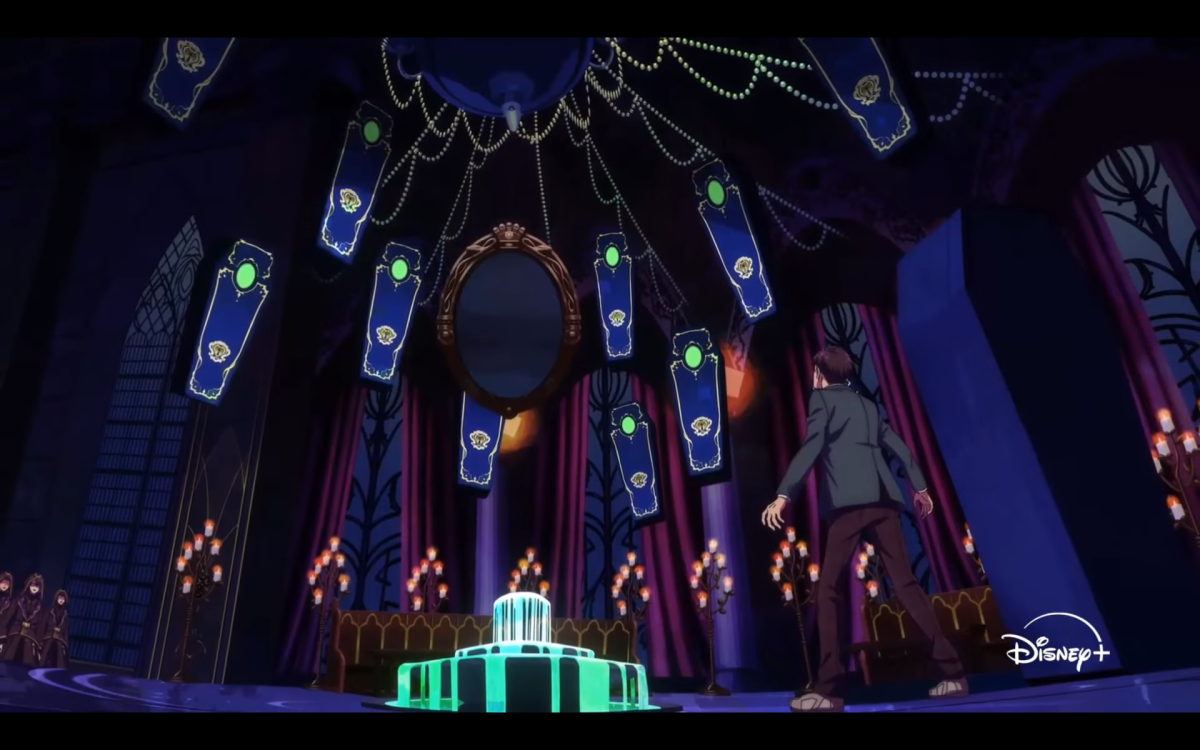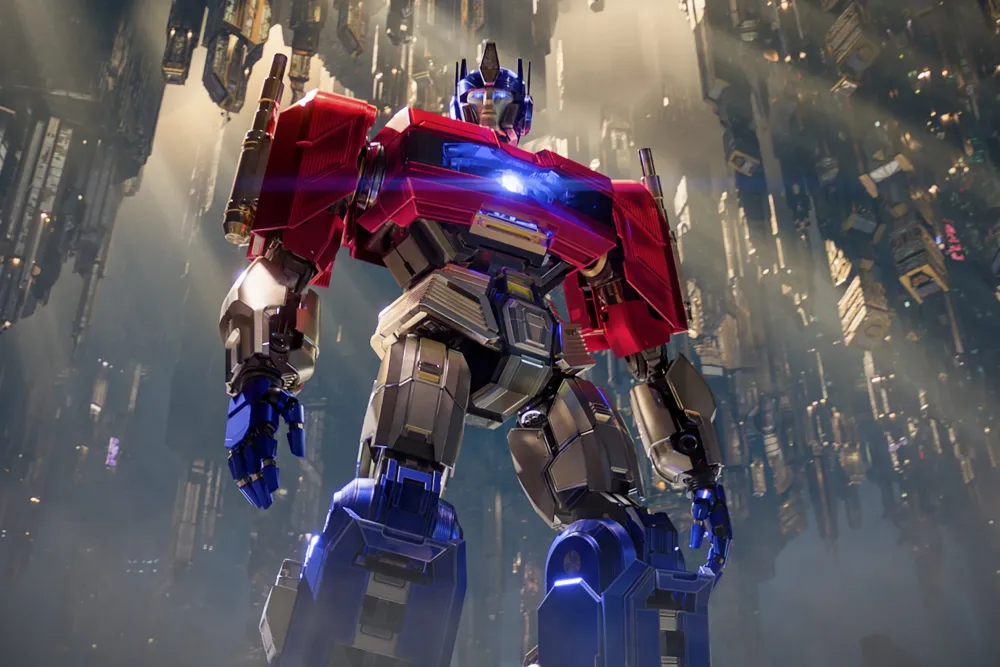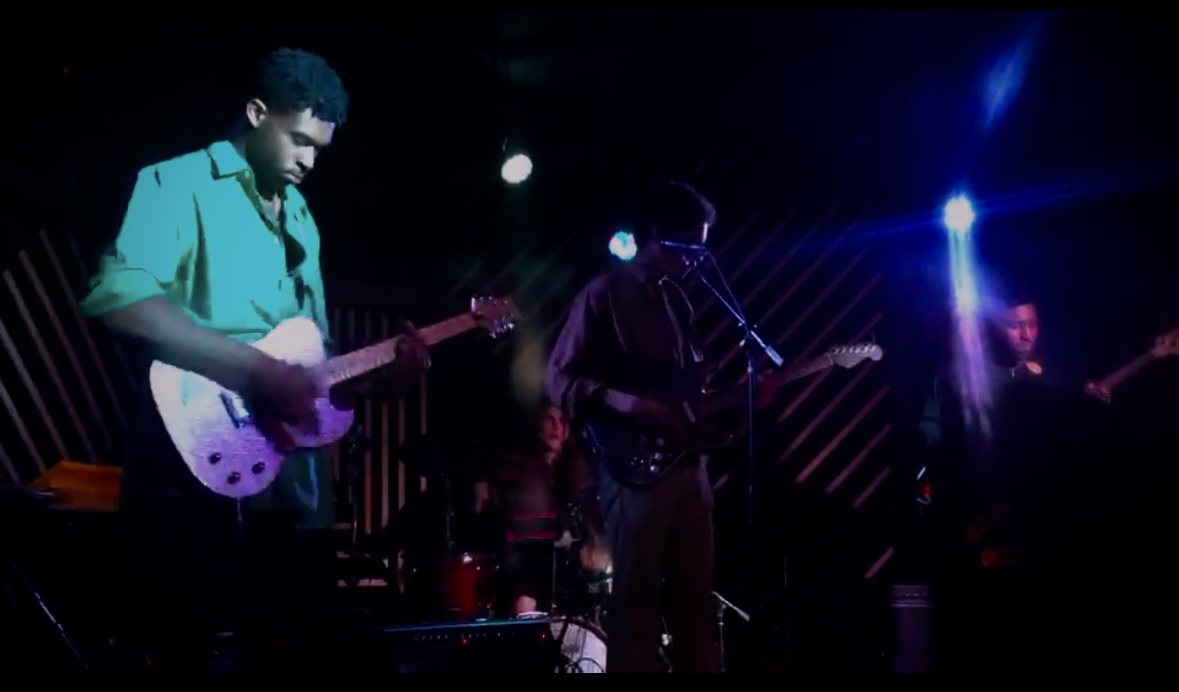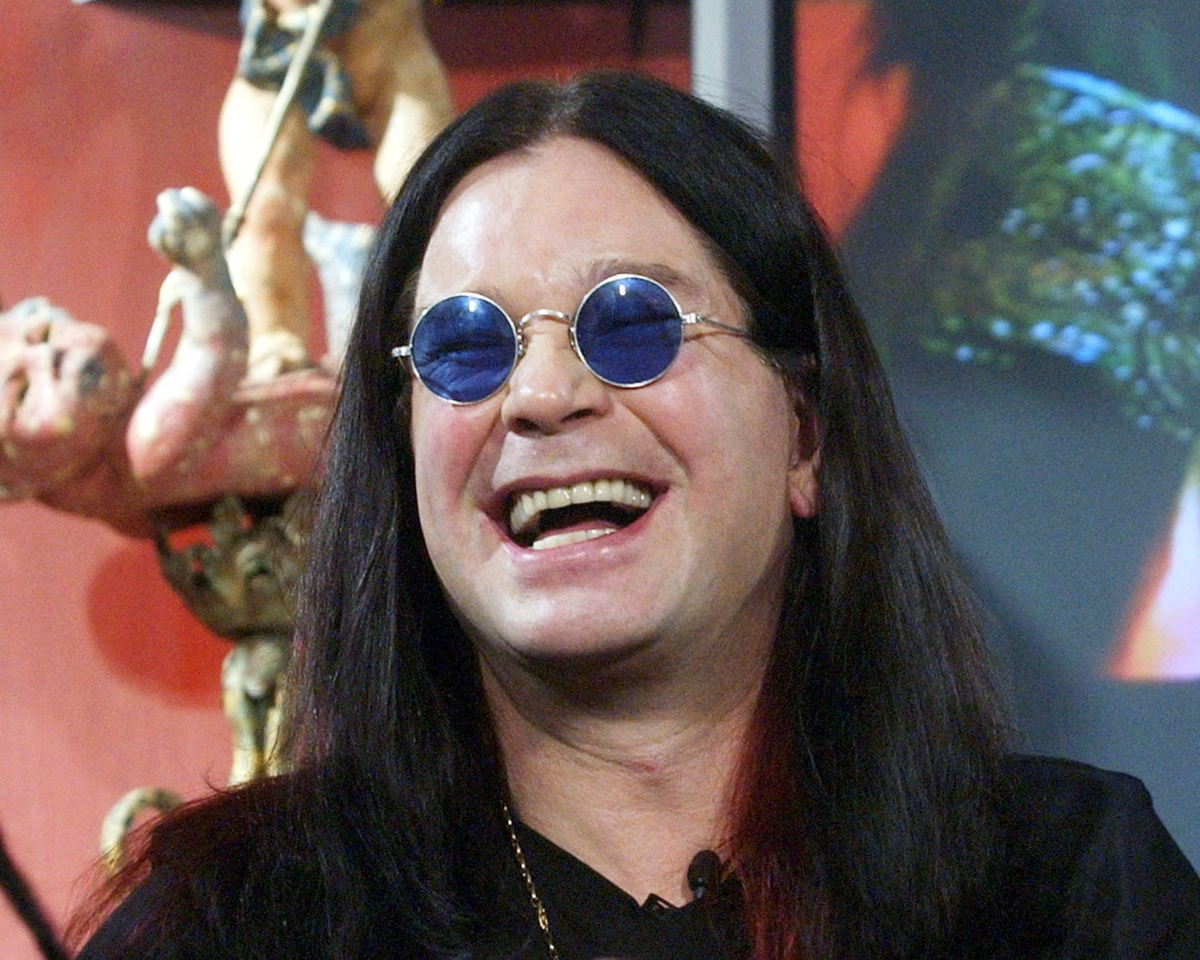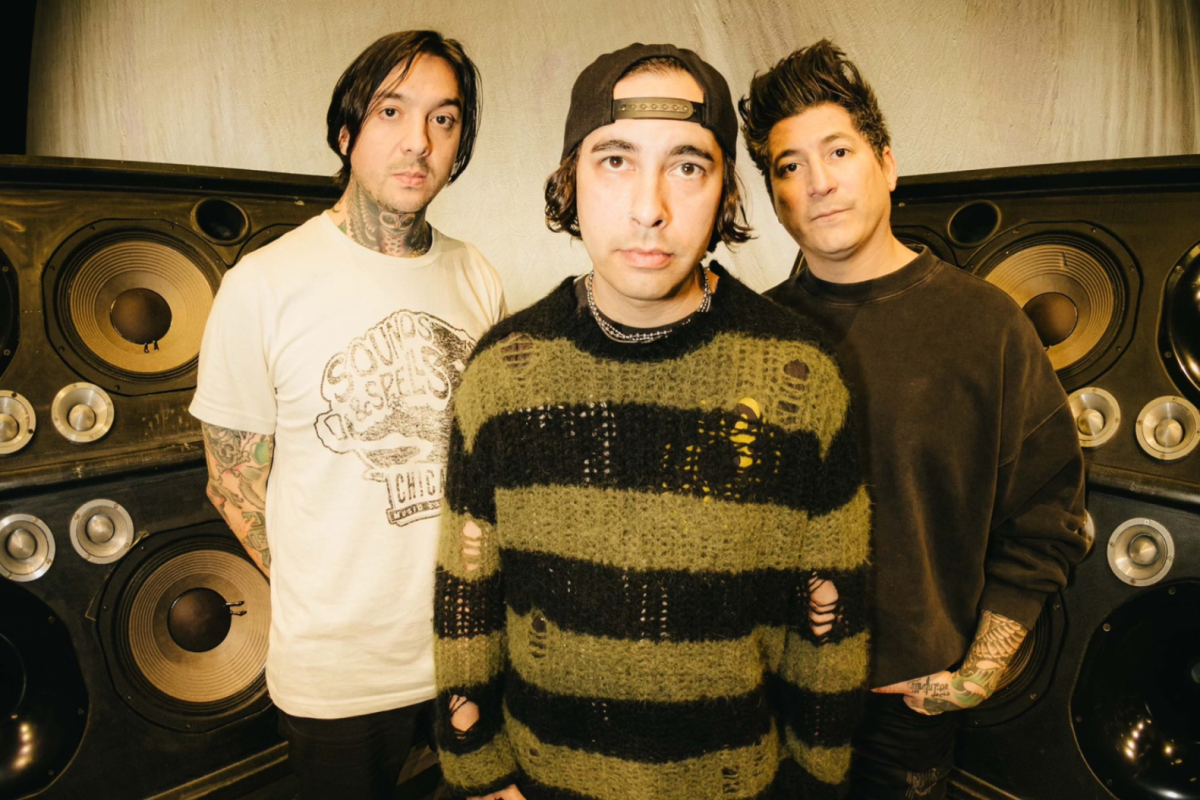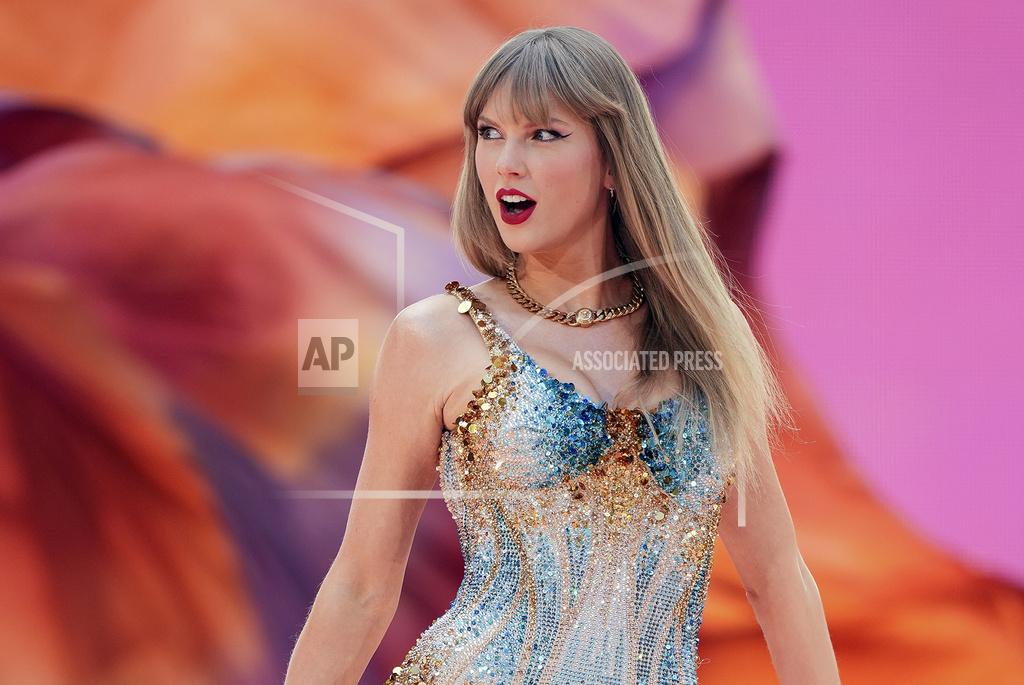The Satellite was the perfect introduction to the underground music scene in Houston. I remember walking in and getting immediately absorbed by the crowd, the stage lights bouncing off the walls and illuminating everything around me. I could feel the presence of everyone around me, each person distinct, but all connected in the moment. I made my way to the bathroom, dimly lit by LED lights working overtime, with the walls completely covered in stickers, graffiti, and random scribbles. Writing “Y/N was here” on those walls felt like a rite of passage, a way to leave your mark in a place that felt timeless.
Then, you’d find yourself pushing your way back into the crowd, squeezing through to get closer as the band you came to see took the stage. Missing your favorite song was not an option, even if it meant being packed in like sardines. But that’s part of the experience: sweating, dancing, moshing, and screaming the lyrics until your voice was gone.
After the set, you’d end up outside on the back patio, talking to strangers like they were old friends, exchanging socials and numbers, while the cool night air settled you back down. By the end of the night, losing half your hearing and voice was just a small price to pay for the memories you made.
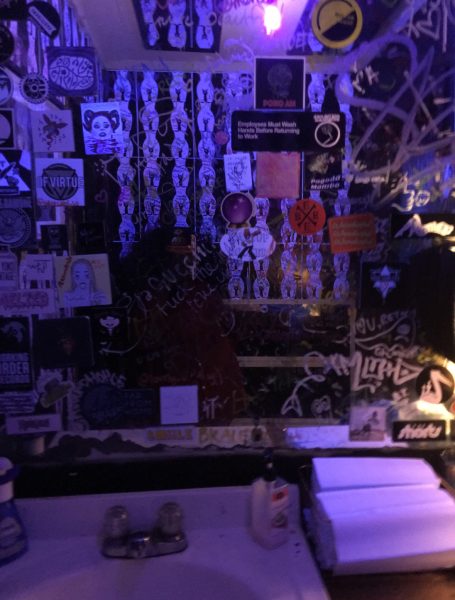
The Satellite Music Venue, founded in 2015 and located in the East End, quickly became a staple of the local music scene. It was all about authenticity and creating a space where everyone felt welcome. Their mission was simple: “Safety, inclusion, and transparency for ALL.”
For many, The Satellite wasn’t just a venue; It was where you discovered new artists and experienced music in its rawest form. While I couldn’t get a full interview, GashTheReaper, who performed at The Satellite, shared, “That venue was fye. I had a couple shows there.” which captures the raw, authentic energy that many artists felt performing at The Satellite.”
It felt like you were part of something real. The venue pulled in big names but also supported everyday people-students, cashiers, baristas-who became rock stars by night, pouring their hearts out to crowds.
This was made possible through the local and underground music scene. As The Satellite put it, “Since day one we have tried to do our best to share our passion for live music with the city of Houston in our own special way. We were never the flashiest, shiniest venue around but we knew how to set the vibe and knew who y’all wanted to see,” the venue announced, Houston Chronicle, Beloved East End music venue Satellite Bar closes.
Unfortunately, despite the love and history, the venue couldn’t survive the mounting financial pressures. A 40% rent spike, combined with multiple break-ins-including a $12,000 copper theft-made it impossible to stay open, especially after barely surviving the pandemic. In their farewell post on their now-deleted Instagram account, the team summed it up best: “All good things eventually come to an end.”
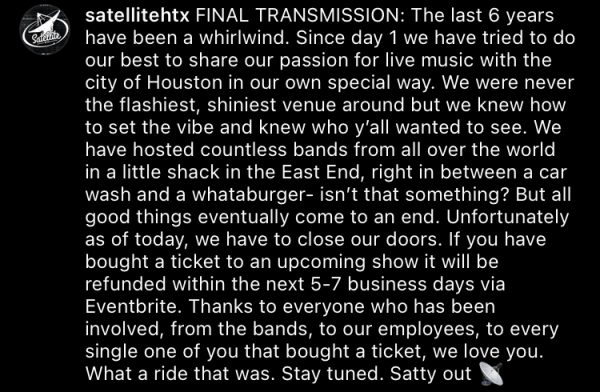
Why Are Small Venues Struggling?
The Satellite wasn’t the only venue to shut down, and it won’t be the last. Across the country even internationally small music venues have been closing at an alarming rate. The reasons vary, but rising costs, competition, gentrification, and the long-term effects of the pandemic are at the center of it.
Rent spikes, like the one that hit The Satellite, are becoming more common, forcing independent venues to either increase ticket prices (which isn’t always an option) or shut down. The cost of running a venue paying staff, booking artists, maintaining equipment keeps climbing, while audiences still expect cheap tickets and affordable drinks. Add in break-ins, property damage, and major festivals pulling crowds away from smaller shows, and it’s easy to see why so many spaces are struggling to survive.
The Impact on Music Culture
When independent venues close, it’s more than just a business shutting down it’s a loss for the entire music community.
As artist and concert connoisseur Azariah J puts it: “Live music has always been about more than just the music—it’s about community. You’re surrounded by people with the same passion, all sharing in this almost spiritual experience. It’s a space to connect, to escape, to feel less alone.
For artists, live shows are everything. It’s where they showcase their work, engage with an audience, and make a living in an industry where touring is now the primary source of income. Whether you’re on stage or in the crowd, live music is about the full experience—the energy, the people, the emotions. It’s something that needs to be kept alive.”
These spaces are where new artists get their start, underground scenes thrive, and music feels raw and personal. Without them, access to live music becomes more exclusive, and the DIY culture that makes local scenes unique starts to fade.
Big venues and corporate-backed festivals will always exist, but they don’t serve the same purpose as a small, intimate space where artists can experiment, connect with audiences, and build something from the ground up. Losing these venues weakens local music scenes, making it harder for working-class musicians to break through and for communities to experience live music in an affordable, accessible way.
Independent venues are struggling not only with internal financial issues but also external threats like ticketing monopolies, price gouging, and resellers driving up costs. Big companies like Live Nation and Ticketmaster make it harder for smaller venues to compete, and resellers raise ticket prices, which hurts attendance and spending at the venue ultimately weakening the entire ecosystem that supports independent music.
This is a systemic issue that extends beyond finances; small venues are cultural hubs. Losing them means losing underground music, diverse voices, and the grassroots support that keeps these scenes alive. That’s why organizations like the National Independent Venue Association (NIVA) are so important they’re pushing for legislative protection and financial relief to help keep these venues afloat in the face of corporate greed.
There are a few ways we can really support and help the local music scene thrive. One is by building stronger community support through crowdsourcing and getting behind organizations like NIVA. Local venues can also focus on strengthening themselves. Like an article from Rolling Stone says, “a new pattern has emerged for indie owners: focusing on developing themselves as community spaces. Seeking nonprofit status is one promising way of doing so” (Rolling Stone, How Independent Music Venues Will Survive, 2023).”
If we all work together, we can create a solid, long-term foundation for independent venues and the culture they keep sustain. By coming together and showing up for each other, we can help keep the heart of live music alive, make sure small venues stay financially supported, and give artists and fans a space for real creative expression. It’s not just about keeping the lights on; it’s about protecting the soul of music that brings people together. The Satellite may be gone, but the spirit it represented doesn’t have to disappear.

